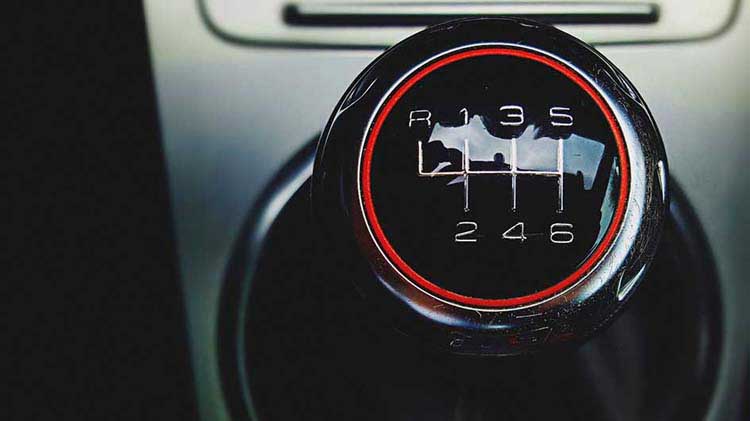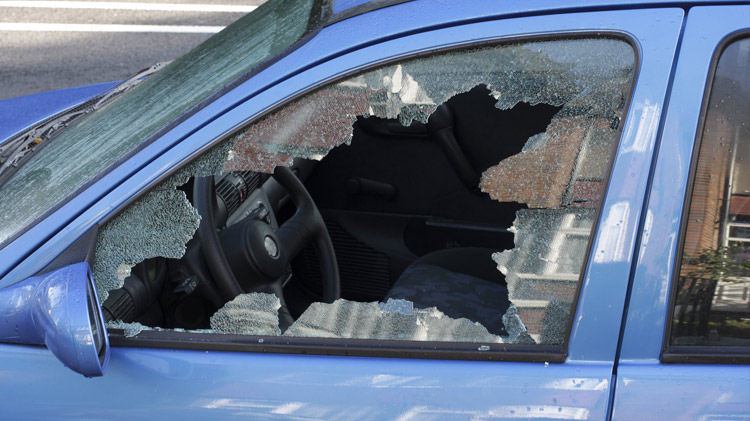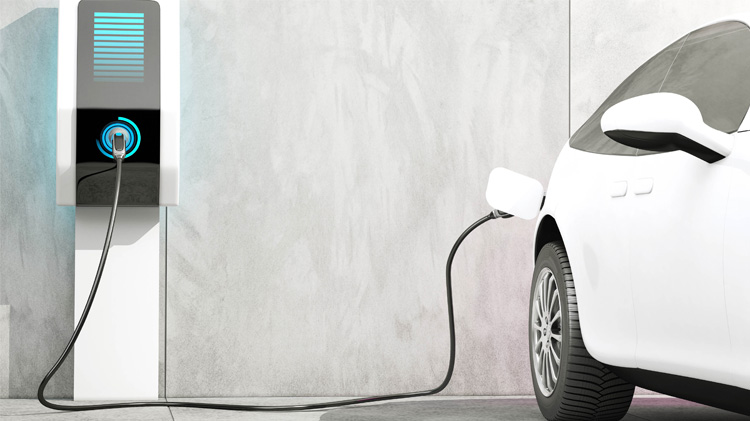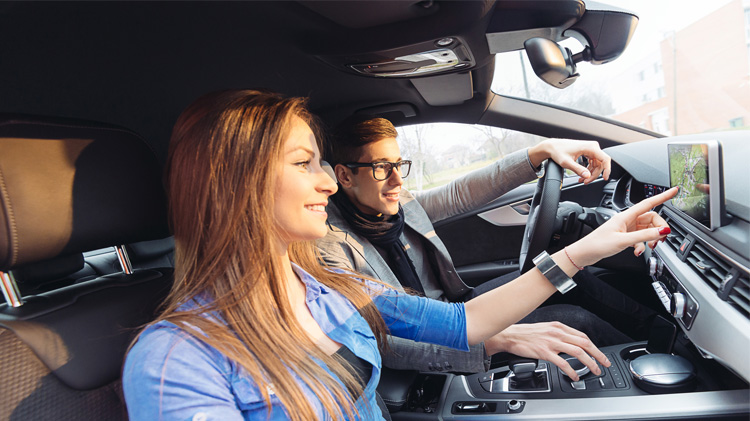Manual vs. automatic transmissions
If you're in the market for a vehicle and don't know what type to look for, this breakdown may help.
The common types of transmissions are manual, automatic and Continuously Variable Transmission (CVT). The transmission channels the power that is generated by the engine to drive the wheels.
Transmissions, or gearboxes, help control a car's speed and torque (rotational force). The higher the speed, the higher the gear needed. Automatic cars shift gears on their own, while manual cars require you to shift gears with the stick shift. CVT has one variable gear that adjusts to different driving conditions.
Let's take a look at each transmission.
What is a manual transmission?
With a manual transmission (also known as a stick shift), the driver operates the clutch and decides when to shift gears. Many drivers feel they're more involved with the mechanics of the vehicle and that it is simply more fun to drive.
Get an auto insurance quote
Want to protect your car?
Pros of manual transmissions
- Fuel efficiency. Cars with manual transmissions are traditionally known to be more fuel efficient since the engines are lighter and less complicated. However, fuel efficiency in most car models varies by only a few miles per gallon depending on the transmission type.
- Price. Manual transmissions are generally less expensive for automakers to install, but the sticker price between the two types remains close. One thing to consider is resale value. Fewer buyers may know how to drive a car with a manual transmission, but those looking for a sport or performance vehicle may prefer the manual transmission, which could increase its resale value. In addition, maintenance and repairs can be less costly with a manual transmission. Insurance might also be cheaper, as they are less complicated in terms of mechanics.
- Better control. Manual transmissions offer the driver greater control over the vehicle since they choose what gear to use and when.
Cons of a manual transmission
- Not the best for long commutes. While manual cars can be fun to drive, you may want to think about your daily commute, if you have one. It's nice to have full control of the vehicle, but after hours on a highway, or in stop and go traffic, you might wish you had an automatic instead.
- Variety. There are fewer and fewer manual cars made each year, but the variety is wider than it used to be. You can find heavy-duty trucks, sports cars and sedans with manual transmissions. According to housegrail.com, as of January 2023, only 13% of cars purchased in the U.S. have manual transmissions. In addition, about 80% of manual transmissions manufactured in the world are available in European and Asian auto markets.
- More difficult to drive. If you live in a hilly area, it can be challenging to operate the gears and a clutch. It involves more thinking, and you need to be careful, especially if stopped in the middle of a hill. You don't want to drift back into a car behind you. You may also be more likely to stall in a vehicle with a manual transmission.
What is an automatic transmission?
A vehicle with an automatic transmission selects the right gear for you in relation to speed and road conditions. The major types of automatic transmissions are:
- Traditional automatic: This type of automatic transmission is connected to the car's engine via a torque converter.
- Dual-clutch automatic: This automatic transmission type depends on a pair of clutches to engage the gears.
Pros of an automatic transmission
- Easier to drive. Because it takes practice to learn to drive a stick shift, many people are more comfortable driving a vehicle with an automatic transmission. They're simply easier to learn how to drive. In addition, drivers can keep both hands on the wheel, allowing for better control.
- Easier in heavy traffic. Automatic transmissions allow drivers to switch between only two pedals — the gas and the break. Drivers can more easily adjust their speed in stop and go traffic. And automatic transmissions provide a smoother ride when the vehicle shifts between gears.
- Better to drive in hilly areas. While automatics might not be as fun to drive over hilly terrain, they're easy to navigate because there is no guess work on what gear to use.
Cons of an automatic transmission
- Not as fuel-efficient. In the past, automatic transmissions were thought to not be as fuel efficient as manual transmissions, but technology is getting better.
- Price. Not only is the initial price higher, it can also be more expensive to fix and maintain. In addition, insurance is sometimes higher on automatic transmissions.
What is a CVT transmission?
There is also a transmission type called a Continuously Variable Transmission (CVT). The CVT does not have individual gears but a single gear that is variable for all driving conditions. It uses a belt-and-pulley system to transfer engine power to the vehicle's wheels, allowing for an infinite gradient of ratios.
Pros of a CVT
- Fuel efficiency. This type has marginally better fuel miles per gallon, especially for city drivers.
- Smoother ride. They produce simple and more efficient power and eliminate the feeling of shifting from gear to gear.
- Efficient engine speed. Vehicles with a CVT produce the most efficient engine speed for each driving situation even during rapid acceleration.
Cons of a CVT
- Noise. CVTs tend to have a low, continuous noise, known as engine drone, that may be bothersome.
- Can be difficult to drive. Vehicles with a CVT might take some time to get accustomed to. The best way to know if a CVT vehicle is right for you is to have a thorough test drive.
Which transmission is safer?
Studies haven't really shown which transmission type is safer. Automatic and CVT transmissions do allow you to keep both hands on the wheel at all times, while manual transmissions may require more attentive driving. Your driving habits will play a large role in your safety. Safety features available for both automatic and manual vehicles can make a difference, too.
Different car types by power source
Now that you understand the types of car transmissions, it is also important to know the options you may have when it comes to the type of fuel or energy used in vehicle engines. Here are some of the basic types.
- Fuel engine vehicles. The most common types of fuel used in these vehicles are gasoline, diesel and ethanol. Vehicles using these fuels may be cheaper and cover more distance but may also release emissions that are damaging to the environment. Many fuel engine cars may have the option of a manual or an automatic transmission.
- Hybrid vehicles. These cars use both gas and electricity to run. They are usually more expensive to buy, but they are more friendly to the environment as they use less gas to run and rely on the electric motor and battery for slow drives and decelerating. These types of cars usually have an automatic transmission, and some have a CVT.
- All-Electric vehicles. These type of cars run only on electricity and have a battery that stores all the energy to make the vehicle run. Electric cars are environmentally friendly as they don’t produce any combustion emissions. They are usually more expensive to purchase than gas vehicles and have less driving range compared to other types of cars. All-Electric vehicles don’t have a conventional manual or automatic transmission, instead they usually have a single speed transmission.
Basically, what it comes down to is driver preference and, of course, your budget. Do your research and talk to your local insurance agent to check auto insurance rates, including insurance rates for electric vehicles.




